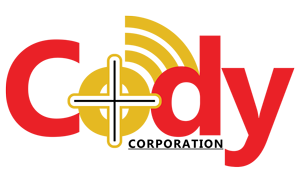When choosing a machine guidance system, ask the right questions.
What does 2D machine guidance mean?
2D machine guidance gives you elevation information but doesn’t not give you a position on the job.
What does 3D machine guidance (sometimes referred to as GPS machine guidance) mean?
3D machine guidance gives you elevation information the same as 2D system but also gives you a position via coordinates on the machines location on the project.
What parts of the system are transferable?
Most systems have fixed sensors with cables between sensors. The sensors are calibrated to the machine and become part of the “base kit” that must stay on the machine. With 4 or more sensors costing as much as $3,000 each, it becomes expensive to share the hardware around multiple machines. It makes financial sense to purchase a system that has sensors that are also transferable between machines.
Does the system require add-on components such as modems or radios for a correction signal and are they at an extra cost?
Some system suppliers will quote you on the base kit price but once you add in the “extras”, you are paying thousands more for items that other systems include.
Does the transfer between machines require a technician or can I do it myself?
A quality system should be able to be transferred from one machine to another and be operating in a short period of time with minimal training and without the need for assistance from a dealer technician.
How long does it take to transfer between machines?
For most brands, a 2D system can be taken off one machine and running on another calibrated machine in around 10 minutes and a 3D system in 20 minutes – it is worth asking the question. Some systems require technicians to visit on-site to make adjustments such as radio frequency tables for you to use the frequency of your choice.
If I break something, how hard is it to replace and how long do I have to wait?
With most brands, sensor replacement requires a service technician call out. This is an additional expense on top of the sensor cost. Waiting until a technician can get to you can be more expensive in down time than the damaged sensor. The best systems have user replaceable sensors that are factory calibrated. Even on remote sites, the longest you would wait to be digging is the time it takes to express freight the sensor.
